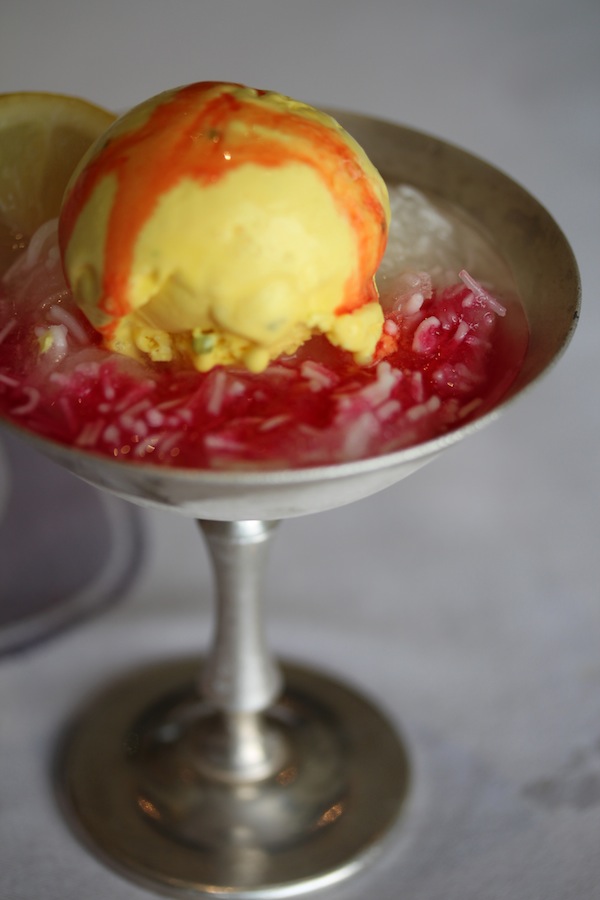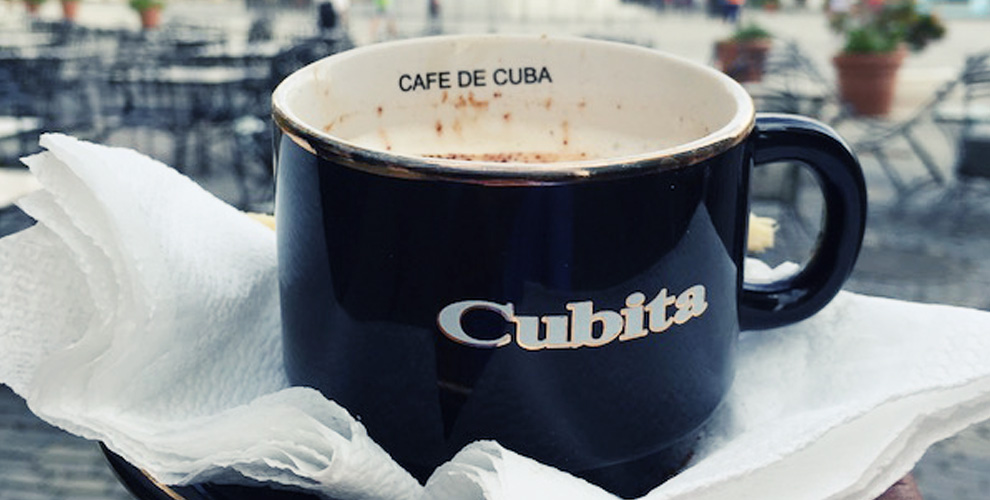Have you given much thought to how long your favourite foods have been around? Akin to clothing, certain items fall in and out of fashion, while others stay popular in perpetuity.
One example is the doughnut, which northern Europeans invented in the medieval times. So loved is this deep fried yeast dough that it’s given rise to arguably the most viral dessert spinoff in history: the cronut. Loosely described as the offspring of a croissant and a doughnut, this pastry exploded onto the scene at New York’s Dominique Ansel Bakery in May 2013 and hasn’t looked back since.
Call me a pessimist, but I just can’t imagine the cronut having the same longevity as a time-honoured sweet from Iran called faloodeh. This icy dessert has witnessed the rise and fall of empires since its creation around 400BC. We’re talking about two and a half thousand years of satisfied customers.
Faloodeh is simple in its composition, comprising rice vermicelli, rose water, syrup, and lime juice. The ingredients are mixed together, frozen, then shaven or raked with a fork to be served with a granita-like consistency. Hold up, you say. Did I just gloss over icy noodles? Hear me out. This is something worth trying.
There is a surprising level of sophistication with faloodeh. The chewy noodles provide intriguing contrast to the crunch of the ice. Flavour wise, the sweetness from the rosewater and syrup is balanced by the citrusy sharpness of the limes. And that’s just the basic recipe.
Faloodeh is often served with pistachios, which add a roasted, nutty facet to the dish. At finer establishments, expect it to be topped with a scoop of saffron ice cream for a woody counterpoint. Another traditional accompaniment is sour cherries, or even sour cherry syrup – perfect for those who enjoy more tang.
Although faloodeh is widely available in ice cream parlours and dessert shops across Iran, it is synonymous with Shiraz, one of the oldest surviving cities of ancient Persia. Therefore, don’t’ be surprised when it appears on menus as faloodeh-e-Shirazi, and not just in Iran but also in neighbouring Pakistan, where it remains popular.
In this world of culinary copycats, it’s no wonder that faloodeh has a spinoff, too. The very similar sounding dessert drink falooda is widespread in South Asia and the Middle East. Vermicelli and rose syrup are joined by a hodgepodge of other soft and squidgies, including jelly, basil seeds, and tapioca balls. All layered with shaved ice, ice cream and milk. I concede: even looking at it can be daunting.
I remain a fan of the original edition, which I find particularly refreshing on a hot day. Something about the exotic, floral notes in faloodeh never fails to transport me to one sweet and ancient world.
**A version of this article appears in the magazine Qatar Happening**






